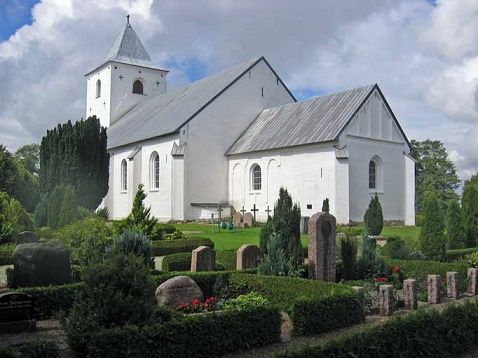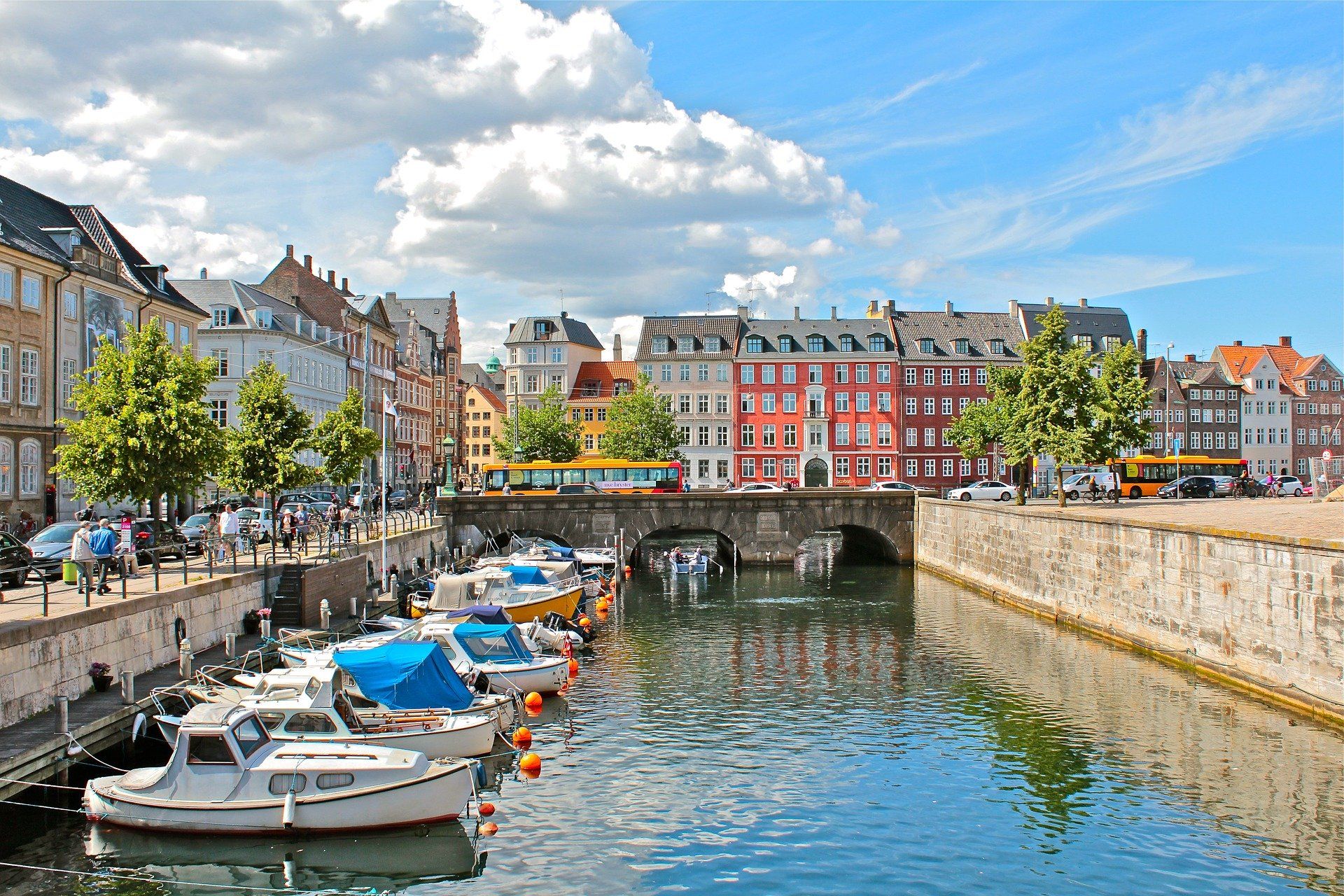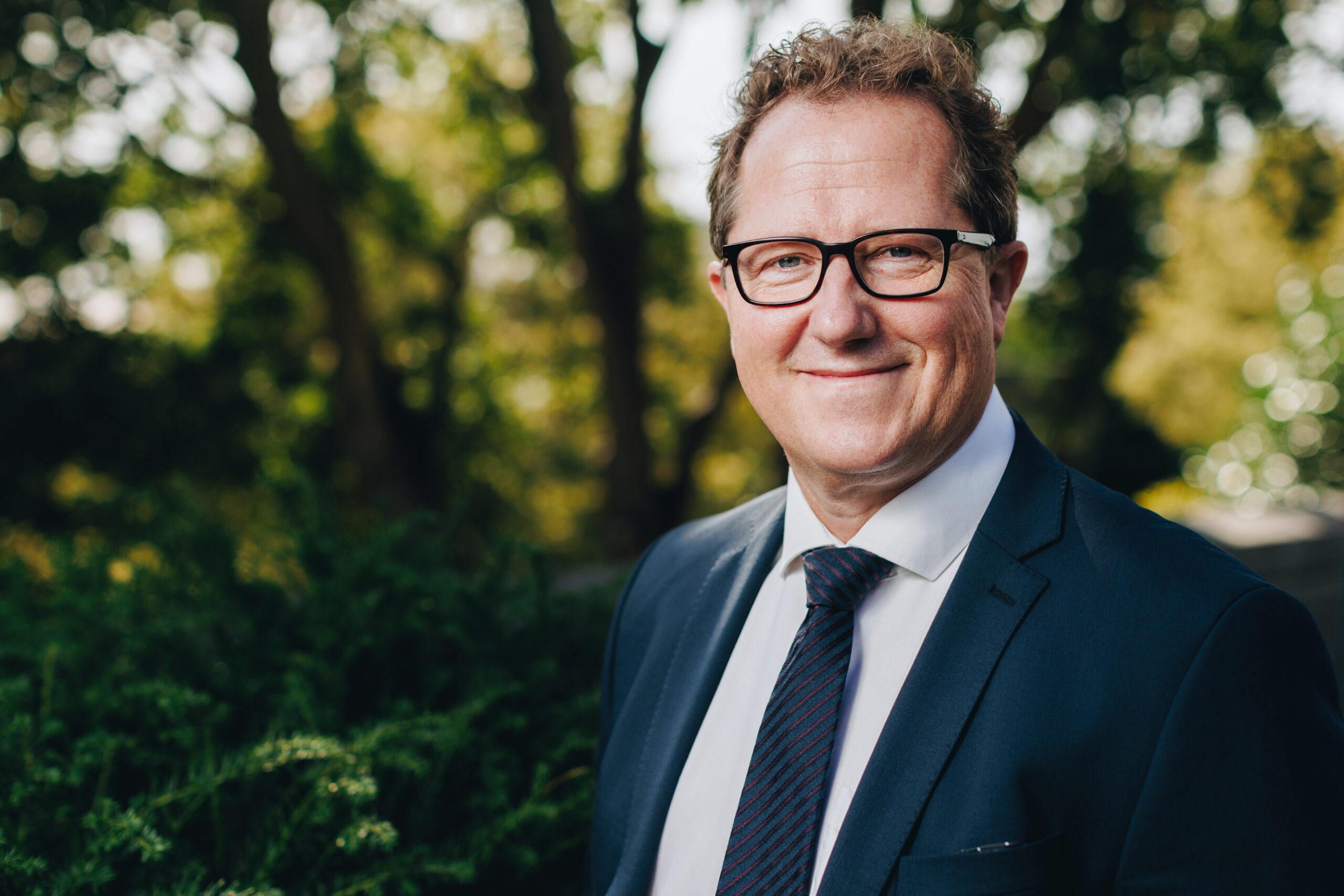The association of Danish cemetery administrators estimates that around half of the total churchyard area in Denmark is not being used.
Graves are not being maintained for so long and more people are being buried in urns that do not take up so much space, DR Nyeder reports.
In Denmark, it is usual that a grave is preserved for a minimum of 20 years and an urn burial for 10 years. After that, it can be extended or the grave site reused.
READ ALSO: Prices rising at Danish cemeteries
Filling the gaps
“In parishes where the population is declining, the preservation period on more and more graves runs out, so there are more and more gaps between them,” said Asger Grove Korsholm, the dean of Nørdre and Søndre Deanery in Herning.
On the other hand, surviving spouses have the right to be buried by the side of their deceased husband or wife, so there will still be a need for graveyards.
Some parishes intend to combat the problem by using the vacant areas for more plants and benches and turning areas of their churchyards into recreative areas.
One reason for the decline is that more people are choosing a communal grave instead of an individual one. There are also more cremations and urns don’t take up as much room in the churchyard as a coffin burial does.
Also, the preservation period for graves is not being extended as frequently as it was in the past. This could be because family members are more often moving away from where they were born, so don’t feel the need to maintain the graves of their relatives as much.















